The Transatlantic Freight Corridor: A Strategic Artery
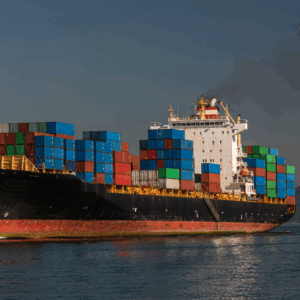 The transatlantic shipping corridor between the United States and the Netherlands is more than a commercial bridge—it is a vital artery of the global supply chain. It represents not only the movement of goods between two of the world’s most developed economies, but also the interplay of economic policy, technological advancement, and environmental imperatives. In an era marked by global trade disruptions, understanding the complex mechanics of international freight is essential for businesses, logistics providers, and policymakers. This article provides a detailed analysis of US-Netherlands shipping, incorporating the effects of tariffs, the historical evolution of container logistics, the current state of global transportation systems, and a systematic review of sustainable supply chain management. Based on academic and professional sources, including “The Delayed Impact of Containers on US International Trade,” “New Tariffs of the US, the EU, and Other Countries,” and studies on sustainable logistics, this report serves as a strategic guide for international freight transport.
The transatlantic shipping corridor between the United States and the Netherlands is more than a commercial bridge—it is a vital artery of the global supply chain. It represents not only the movement of goods between two of the world’s most developed economies, but also the interplay of economic policy, technological advancement, and environmental imperatives. In an era marked by global trade disruptions, understanding the complex mechanics of international freight is essential for businesses, logistics providers, and policymakers. This article provides a detailed analysis of US-Netherlands shipping, incorporating the effects of tariffs, the historical evolution of container logistics, the current state of global transportation systems, and a systematic review of sustainable supply chain management. Based on academic and professional sources, including “The Delayed Impact of Containers on US International Trade,” “New Tariffs of the US, the EU, and Other Countries,” and studies on sustainable logistics, this report serves as a strategic guide for international freight transport.
The New Tariff Regime and Its Impact on Logistics
The imposition of new tariffs by the United States, along with reciprocal measures by the EU and other countries, marks a significant shift in global logistics. Initially applied to specific goods, tariffs have evolved into broad trade instruments that affect a wide range of products and services. Freight forwarders and logistics operators are now compelled to reassess their shipping options, cost allocation across supply chains, and origin-destination strategies.
These changes have introduced significant uncertainty into cost models, particularly for goods crossing the Atlantic, compelling companies to reassess their inventory positioning, customs brokerage partnerships, and multimodal routing strategies. The new tariff landscape has also increased administrative burdens due to the proliferation of tariff codes, exceptions, temporary waivers, and procedural audits.
From a logistics perspective, tariffs not only reshape cost structures—they also affect speed. Customs clearance times have increased under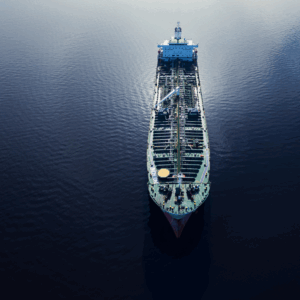
Shipping from the US to the Netherlands: Infrastructure, Modes, and Optimization
Shipping from the US to the Netherlands requires a deep understanding of port capacity and modal integration. The Port of Rotterdam, the largest in Europe, serves as the primary gateway for U.S. exports to the European Union. US exporters rely on central East Coast and Gulf ports, such as New York, Savannah, and Houston, to consolidate containers for transatlantic routes. The US–Netherlands lane is dominated by ocean freight for heavy or non-urgent goods, while air freight is used for high-value or time-sensitive cargo.
Ocean freight typically operates under two models: Full Container Load (FCL) and Less-than-Container Load (LCL). FCL enables economies of scale through reduced handling, while LCL offers greater flexibility. In both cases, digital platforms like ExFreight’s Exfresso provide instant quotes covering port charges, terminal handling, and customs costs—enabling precise landed cost calculations. Additionally, integration with LTL ground transport ensures first-mile pickup and last-mile delivery—critical for distributed manufacturing and e-commerce models.
Air freight typically departs from hubs like Chicago O’Hare and Atlanta Hartsfield with direct flights to Amsterdam Schiphol. This mode is reserved for shipments where unit value justifies the cost or timelines are compressed. Air shippers benefit from defined delivery windows, temperature-controlled options, and reduced inventory holding costs.
Shipping from the Netherlands to the US: Reverse Flow and Regulatory Compliance
The reverse flow—from the Netherlands to the US—is equally complex and strategically significant. Dutch exports to the US include electronics, medical devices, high-tech machinery, and chemicals. These goods are often consolidated at inland terminals or logistics hubs before being transported by truck to the Port of Rotterdam or flown from Amsterdam.
The Netherlands functions not only as an export endpoint but also as a logistics hub for EU-origin goods destined for the US. This role is reinforced by its world-class infrastructure, strategic position in the European common market, and customs efficiency.
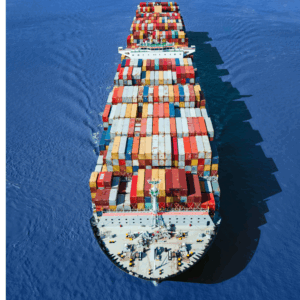
Air freight from the Netherlands features frequent departures and short transit times. Dutch exporters leverage partnerships between EU and US carriers to ensure capacity and priority handling. However, ocean freight remains dominant for high-volume containerized cargo. Increasingly, smart containers equipped with IoT sensors are used for real-time monitoring of location, condition, temperature, and humidity, enabling predictive visibility and mitigating operational risks.
The Delayed but Lasting Impact of Containerization
The historical development of containerized shipping underscores a core truth about logistics innovation: transformation is not immediate. As detailed in “The Delayed Impact of Containers on US International Trade,” the adoption of container technology in the US took decades to yield tangible benefits. Initially resisted by unions, port operators, and truckers, containerization necessitated significant changes in infrastructure, regulations, and modal integration.
Only once port investments, regulatory standardization, and institutional adaptation were in place did containers realize their economic potential. Today, container use is ubiquitous, but its delayed adoption reminds us that technology alone is not transformative—it needs strong systems support.
This lesson applies to current technologies such as blockchain in traceability, AI in route optimization, and sustainable fuels. While promising, 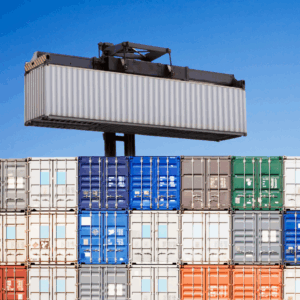
The Global Freight Industry: Volatility Meets Transformation
The global freight industry is undergoing profound structural change. Port congestion, equipment shortages, and strategic carrier alliances have transformed the way capacity planning is executed. The model has shifted from “just-in-time” efficiency to “just-in-case” resilience, a trend that is especially pronounced in long-haul corridors, such as the US–Europe transatlantic lane. Delays driven by inland bottlenecks, unpredictable repositioning of containers, and uneven customs processes are forcing shippers to reassess their approach to engaging with freight partners.
Simultaneously, the rise of digital freight platforms is transforming how capacity is accessed and managed. Tools such as dynamic pricing, predictive analytics, and multimodal simulation are enabling real-time decision-making and flexibility in routes. In this environment, ExFreight’s ability to deliver instant shipping rates, integrate quoting tools via API ecosystems, and provide detailed landed-cost visibility becomes a competitive edge not just for ExFreight as a provider—but for its clients, who gain access to more innovative logistics, faster quote-to-book workflows, and more agile supply chain design.
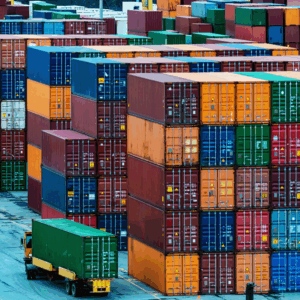
Toward Sustainable Supply Chains: A Systematic Approach
Sustainability in global supply chains is no longer just a moral or regulatory consideration—it’s a strategic operational necessity. A systematic literature review on Green Supply Chain Management (GSCM) finds that responsible logistics aligns environmental, economic, and social dimensions through coordinated practices.
Key success factors include stakeholder collaboration, adherence to circular economy principles, and implementation of environmental performance frameworks. Effective practices combine tools like lifecycle assessments (LCA), carbon footprint audits, and green procurement policies—structured across strategic (policy alignment), tactical (supplier engagement), and operational (daily process optimization) levels.
Digitalization plays a central role by enabling traceability, scenario modeling, automated compliance, and real-time data collection. For example, ExFreight has begun integrating sustainability metrics into its shipping planning tools. Users can compare transport routes and modes based on estimated carbon emissions, supporting decisions that balance efficiency and environmental responsibility.
Under frameworks such as the EU Green Deal or the US Clean Transportation Program, companies must demonstrate concrete efforts to reduce emissions, source materials in an ethical manner, and minimize waste. Sustainable supply chains are no longer a competitive advantage—they are the new global standard for compliance.
Risk Management and Insurance in International Freight
International shipping—whether from the Netherlands to the US or vice versa—exposes cargo to a wide range of risks: delays, loss, theft, damage, and regulatory detentions. Effective risk management begins with understanding the legal liability structure for each transport mode and the limits of carrier-provided coverage.
According to ExFreight documentation, liability varies depending on the type of shipment. For trucking-only shipments, ExFreight acts as a broker, meaning claims must be filed directly with the carrier, though ExFreight coordinates the process. For ocean or air freight, ExFreight acts as an authorized carrier and handles claims directly.
Maritime liability is governed by international conventions, such as the Brussels or Hague-Visby Rules, which cap compensation per package or freight unit unless a higher value is declared with an additional premium. For air freight, the Warsaw or Montreal Conventions apply, with compensation calculated in Special Drawing Rights (SDRs) per kilogram.
These limits are often insufficient to cover the full value of the cargo. It is strongly recommended to purchase additional cargo insurance from ExFreight or an external provider. Policies should cover physical damage, total loss, general average costs (shared maritime sacrifices), and, if possible, indirect losses due to transit disruptions.
ExFreight also provides OS&D (Over, Short, and Damaged) protocols to guide customers through damage documentation, claim form submission, and deadline tracking—ensuring strong support during incidents.
Hidden Costs in International Logistics
One of the significant challenges in global logistics is the presence of hidden or underestimated costs that erode profit margins. These expenses often go beyond basic freight charges and may include terminal handling, demurrage, detention, chassis fees, ancillary services, customs delays, and emergency surcharges (e.g., war or fuel surcharges).
If not included in initial quotes or landed cost calculations, these costs lead to budget instability, accounting difficulties, and audit risks. To address this, digital forwarders like ExFreight provide transparent, itemized quotes that allow clients to see all cost components—from port fees to final delivery.
SMEs often make Incoterms selection mistakes. For instance, accepting DDP (Delivered Duty Paid) terms without a thorough understanding of fiscal and logistics responsibilities can result in unexpected costs. Conversely, choosing EXW (Ex Works) terms without ensuring the supplier can handle customs at the origin may create problems on the origin side.
ExFreight logistics advisors provide detailed Incoterms analyses and routing simulations to help clients select options that strike a balance between control, compliance, and actual costs.
Digitalization and the Transformation of Freight Forwarding
The traditional freight forwarding model, based on emails, manual quotes, and disconnected documents, is being replaced by an integrated and automated digital architecture. This change isn’t cosmetic—it’s crucial to managing the complexity of modern global trade.
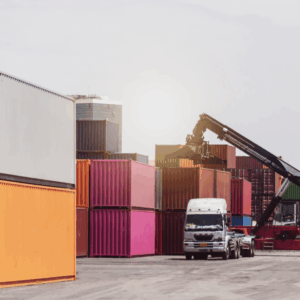
AI is also being used to optimize routes, forecast capacity constraints, and suggest alternate transshipment points. Digital forwarders don’t replace traditional logistics functions—they enhance them with speed, visibility, and control.
Instant quotes, real-time transport comparisons, and total cost simulations are no longer luxuries—they are the new global freight standard.
Strengthening the Transatlantic Supply Chain
Trade between the US and the Netherlands is not just another logistics route—it’s a vital artery of the global trade system. This in-depth analysis has examined the key factors influencing international freight between the two countries, including tariff impacts and modal models (ocean, air, LCL, and LTL), as well as technological evolution and growing sustainability demands.
Digital transformation is no longer a competitive advantage—it’s a requirement. Tools like shipping calculators, real-time tracking, predictive algorithms, and automated documentation are redefining what it means to be a competitive freight forwarder in 2025. Companies like ExFreight are not only adapting—they are anticipating the future with high-value integrated solutions.
Risk management, Incoterms selection, multimodal planning, and resilience strategies are now central to maintaining operations in a tightly regulated and volatile environment.
Understanding shipping options, costs, coverage, and the legal/environmental implications is no longer the sole responsibility of the logistics department—it’s a core business strategy. Those who adapt best will win.

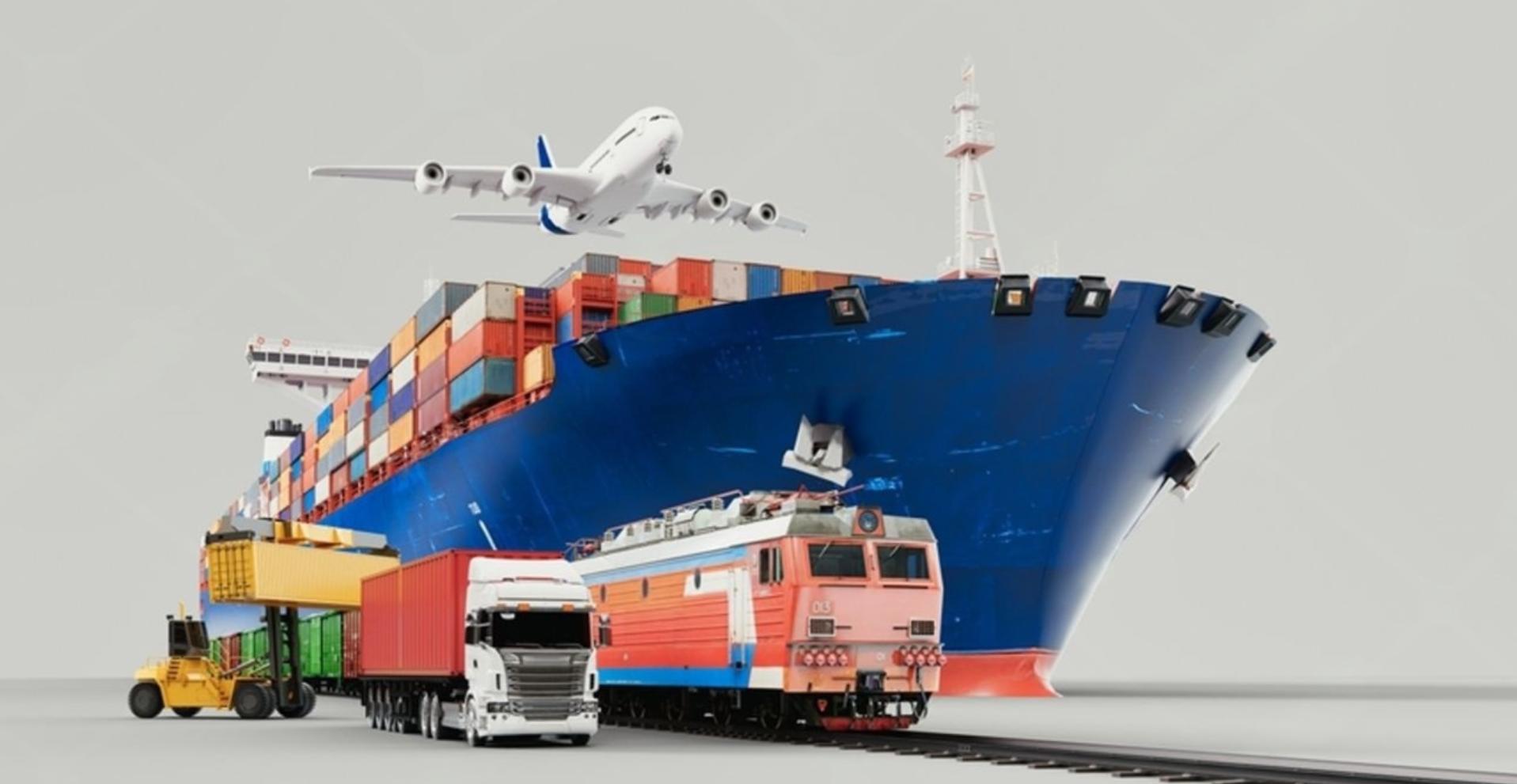
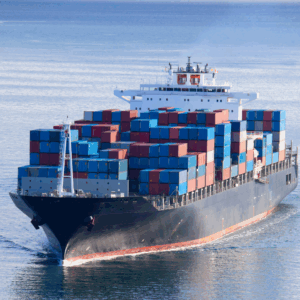

Leave A Comment
You must be logged in to post a comment.